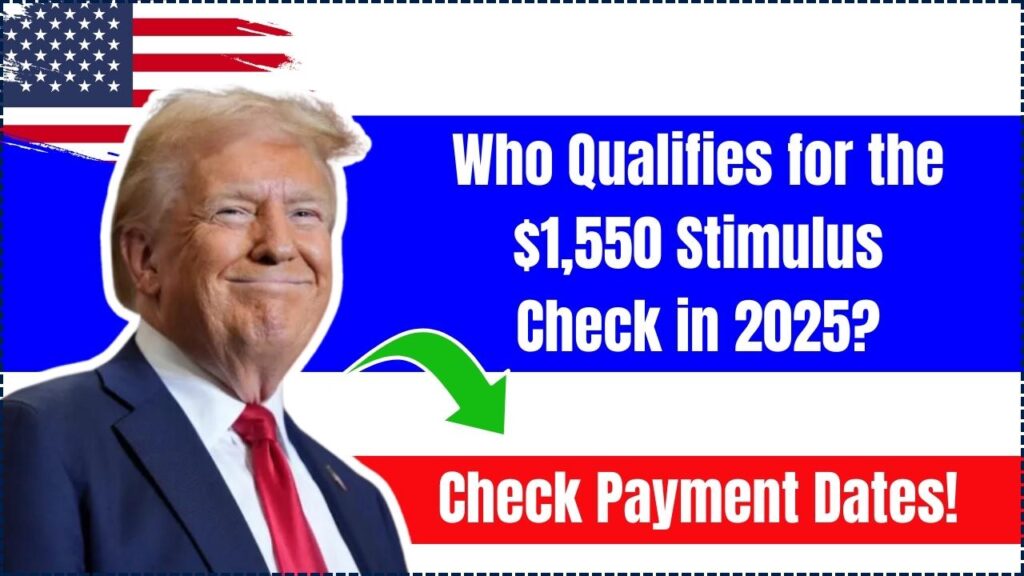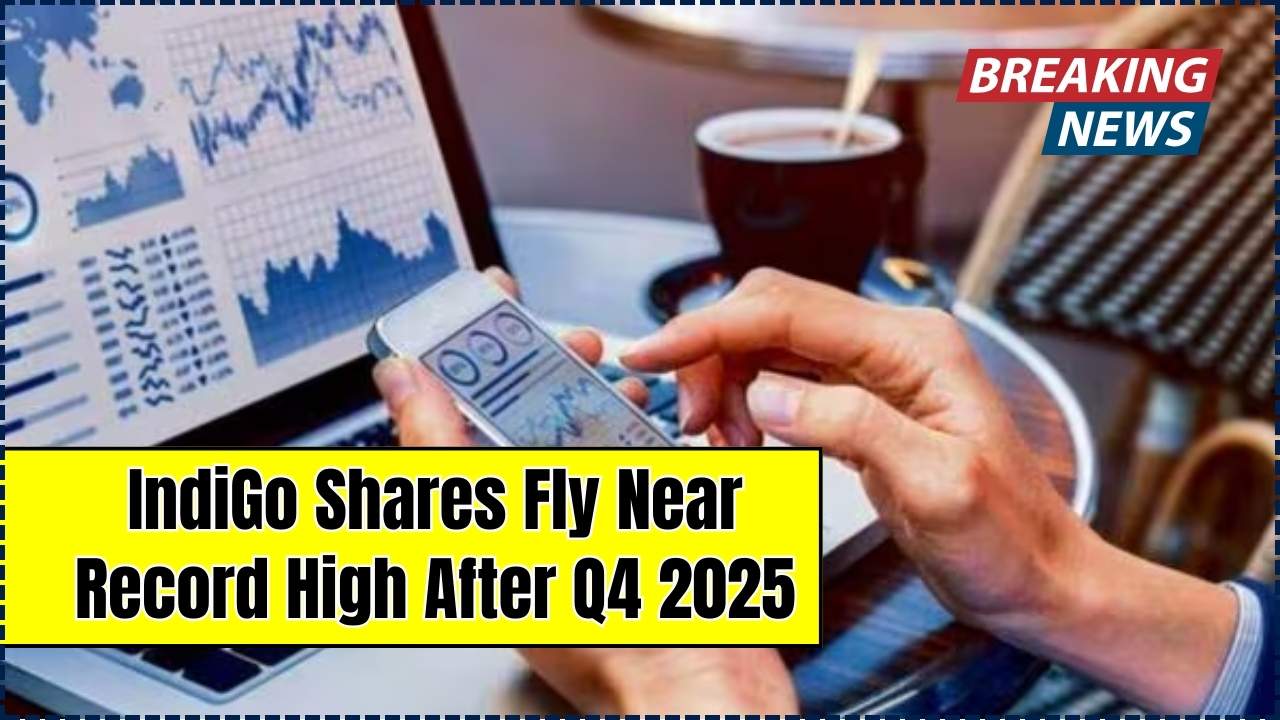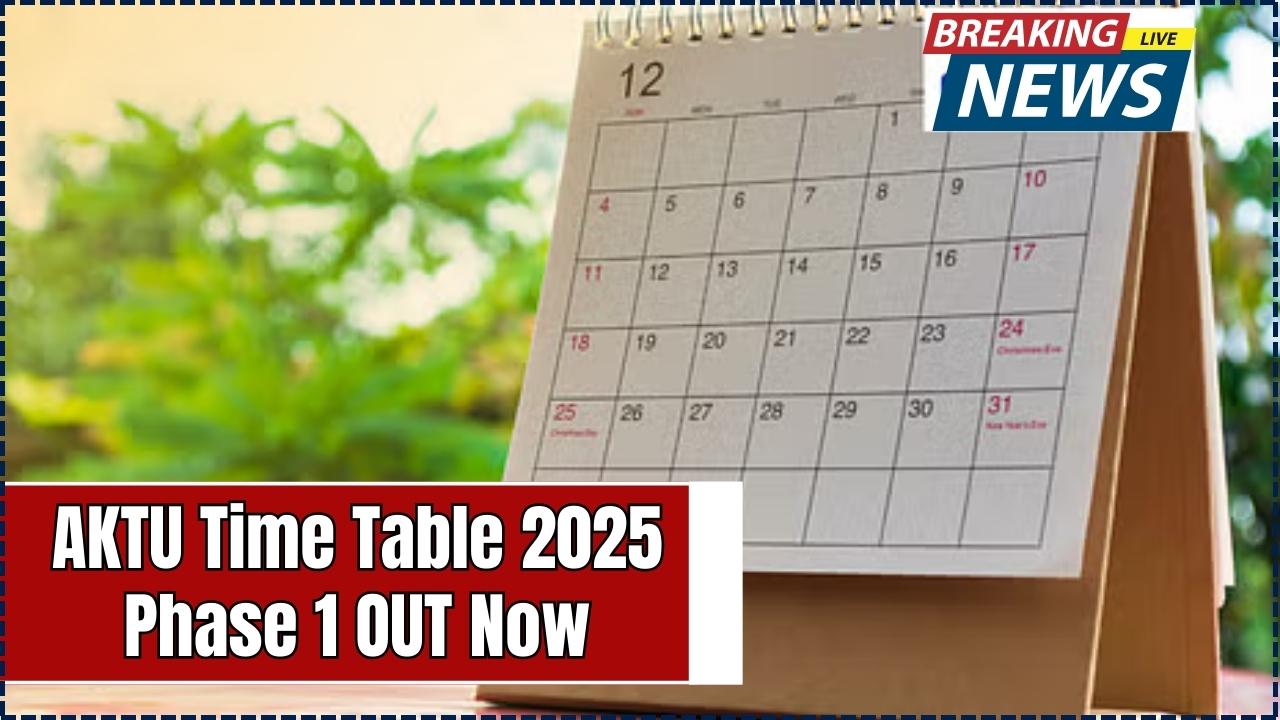$1550 Stimulus Check in 2025: If you’re wondering whether you’re eligible for the $1,550 stimulus check in 2025, you’re not alone. Millions of Americans have been searching for clear information about who qualifies, how much they can expect to receive, and when the payments will arrive. While there’s no official federal $1,550 stimulus check confirmed as of May 2025, multiple financial relief programs are currently in effect, and some state-level payments are being confused with national efforts.

In this in-depth article, we break down the truth behind the headlines, explain the eligibility rules, offer guidance on claiming relief payments, and give you official resources so you can act with confidence and clarity.
$1550 Stimulus Check in 2025
| Category | Details |
|---|---|
| Stimulus Amount | Up to $1,400 from the IRS via Recovery Rebate Credit; state payments may add up to $1,550 total |
| Federal Eligibility | Filed 2021 tax return without claiming the Recovery Rebate Credit |
| Income Thresholds | Single: $75,000; Head of Household: $112,500; Joint: $150,000 |
| State Payments | CA, NY, AZ offering separate stimulus checks ranging from $500–$1,050 |
| Deadline to Act | File 2021 taxes by April 15, 2025 for federal relief |
| Official IRS Link | IRS Economic Impact Payments |
While there’s no standalone $1,550 stimulus check from the federal government, many Americans could still receive a similar amount through federal rebate credits and state-issued payments. The key is understanding eligibility, filing taxes on time, and staying informed about new relief efforts.
Keep your records up to date, double-check your returns, and always refer to official sources like IRS.gov and your state’s tax department. Financial relief may still be available—you just have to know where and how to claim it.
Understanding the $1,550 Stimulus Check Buzz
What’s Behind the Number?
The $1,550 figure circulating online and in headlines is likely a combined total of state-level relief checks and federal rebate credits. There is no official federal stimulus bill providing a standalone $1,550 payment.
However, several verified stimulus programs currently exist:
- Up to $1,400 from the IRS for those who missed out on the 2021 Recovery Rebate Credit
- State-based programs offering $500–$1,050 payments in states like California, New York, and Arizona
Together, these could sum to $1,550 or more in certain cases—hence the misleading phrase being widely shared.
Federal Relief: Recovery Rebate Credit (Up to $1,400)
Who Qualifies?
You may be eligible for a Recovery Rebate Credit of up to $1,400 if you:
- Filed a 2021 tax return but did not claim the credit
- Had income below the threshold:
- Single: up to $75,000
- Head of Household: up to $112,500
- Married filing jointly: up to $150,000
- Have a valid Social Security number
- Were not claimed as a dependent by another taxpayer
$1,550 Stimulus Check in 2025 Claim It
The IRS began issuing these payments in early 2025. If you haven’t filed a 2021 return, you have until April 15, 2025 to do so and still claim the credit.
Check the status or get more info at the IRS Recovery Rebate Credit page. No separate application is needed. The credit is calculated automatically based on your return.
State-Level Stimulus Payments: Who’s Eligible?
Several states have implemented their own relief programs, often based on leftover COVID relief funds or new cost-of-living support legislation.
California: Middle Class Refund 2.0
- Amount: $400–$1,050
- Eligibility: Residents who filed 2023 tax returns and met income thresholds
- Payment Window: April 30 to May 20, 2025\
New York: Emergency Financial Relief Program
- Amount: $500
- Eligibility: Claimed Empire State Child Credit or Earned Income Tax Credit on 2023 state return
- Payment Status: Automatic payments later in May
Arizona: Cost of Living Assistance Fund
- Amount: Up to $750
- Eligibility: Low-income households
- Deadline to Apply: May 31, 2025
Other States
Some states, including Oregon, Colorado, and Illinois, are debating or have pending legislation to issue summer stimulus checks or tax credits. Check your state tax agency’s website for updates.
Check Your Stimulus Payment Status
Federal Payments
- Visit the IRS Economic Impact Payments portal
- Use your Social Security Number, date of birth, and ZIP code
State Payments
- California: Middle Class Tax Refund Tracker
- New York: Check Refund Status
- Arizona: Contact AZDOR or local DHS offices
Pro Tips
- Check your bank account for direct deposits labeled “TAX REFUND” or “EIP3”
- Monitor your mail for pre-paid debit cards or paper checks
- Sign up for state tax portals to get notifications and faster updates
What If You Haven’t Received a Payment?
If you think you’re eligible but haven’t received your check:
- Review your tax return for any errors (e.g., wrong address or banking info)
- Contact the IRS or your state tax agency using their online portals or customer service lines
- Avoid scams: The IRS and state agencies will never ask for your personal details over text or email
If you’re still owed a payment after exhausting all inquiries, you may need to file a payment trace request.
FAQs
Q1: Is there a real $1,550 federal stimulus check in 2025?
No. The $1,550 figure is likely a combination of federal and state stimulus payments.
Q2: Can I still get a federal payment if I missed the first checks?
Yes. If you didn’t receive the 2021 Recovery Rebate Credit, you have until April 15, 2025, to file your tax return and claim it.
Q3: Do I need to apply for state relief payments?
Some state payments are automatic; others require applications. Check your state’s official revenue or tax site.
Q4: Are stimulus checks taxable?
No. Federal and most state stimulus payments are not considered taxable income.
Q5: Can I receive both state and federal payments?
Yes. Receiving a state-level payment does not disqualify you from federal relief.






